Alder
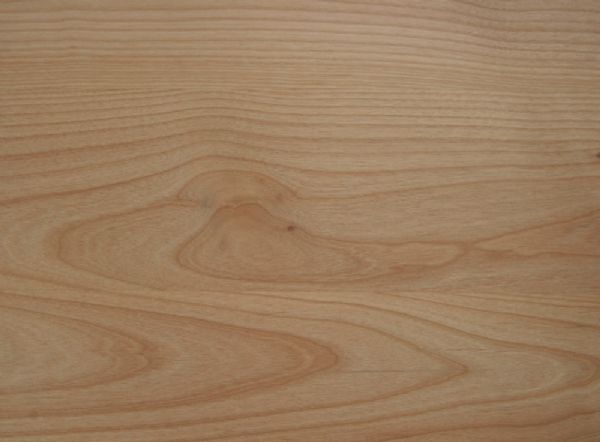
Alder consists of color tone range from red to brown. Burl and pin knots are acceptable as they are a natural characteristic. There is no visible boundary between sap and heartwood. The wood is fairly grained with a uniform texture.
Basswood

Basswood consists of a color tone range from white cream to pinkish tan. The sap wood is very pale and may appear cream colored or a pale pinkish tan. The heartwood is also very pale with occasional brown or reddish streaks. The very light tones of both sapwood and heartwood make it difficult to differentiate between the two. Basswood is relatively soft for a hardwood and has a fine even texture. The grain is straight and essentially indistinct.
Beech
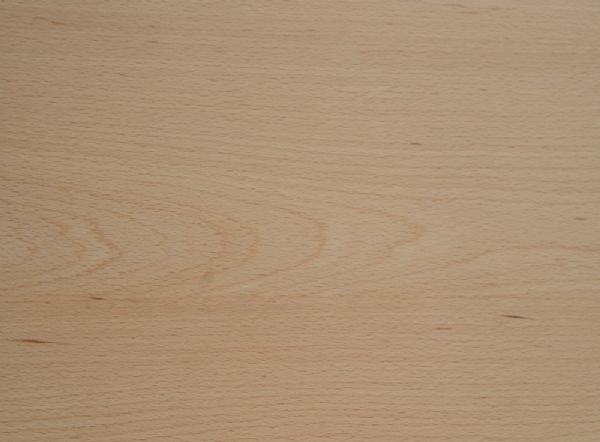
Beech heartwood varies from light brown to a rich, reddish brown. The sapwood is white with a slight red tinge. A characteristic fleck makes the fine even texture of the close straight grain readily recognizable.
Birch
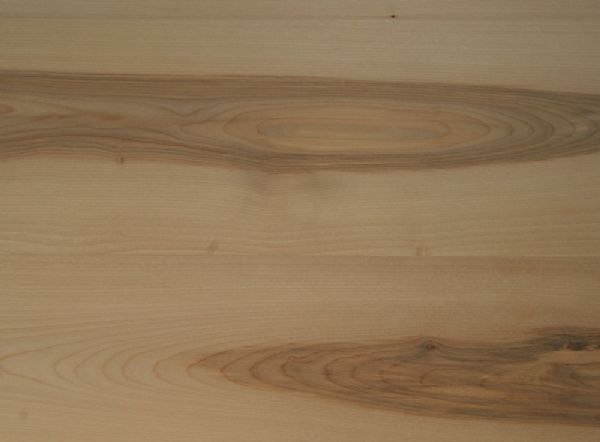
Birch has a mixture of sapwood and heartwood. The sapwood is a light yellow and the heartwood is a reddish brown color. The color differences are less pronounced once a stain is applied. It has a straight, close grain and a fine even texture.
Cherry
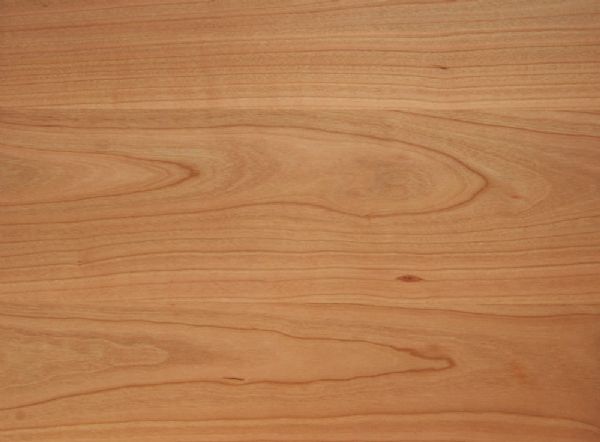
Cherry offers heartwood which is a beautiful light reddish brown color that darkens with age and exposure to sunlight to a dark reddish brown with golden overtones. The sapwood can be very light ranging in shades from white to pale yellow. The straight tight grain of cherry can be marred by flecks and small gum pockets as they are a natural characteristic.
Clear White Pine
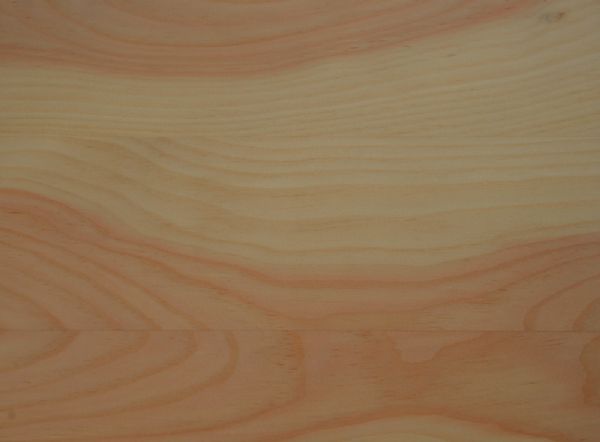
Clear White Pine is a soft pine known for its light weight and fine even texture. The sapwood usually appears pale and creamy with yellow tones. The heartwood varies from a deep yellowish-tan color to a pinkish red. Resin ducts often appear as fine brown lines. The grain is straight with growth rings that are not well marked.
Cypress
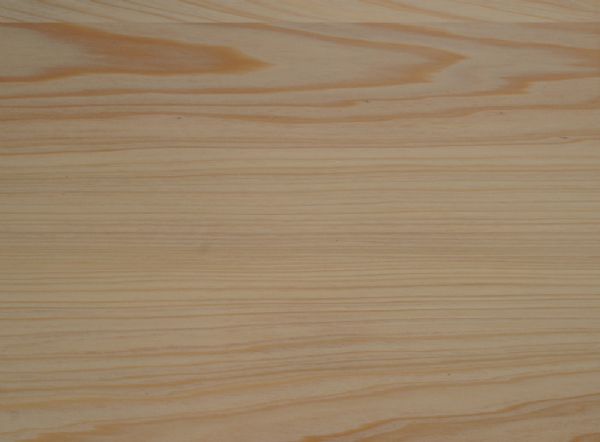
Cypress wood lacks sap. The color varies in tones from light to dark honey to a reddish brown. Cypress is lightweight, scarce of knots, medium textured, and dimensionally stable with a closed straight grain.
Hard Maple
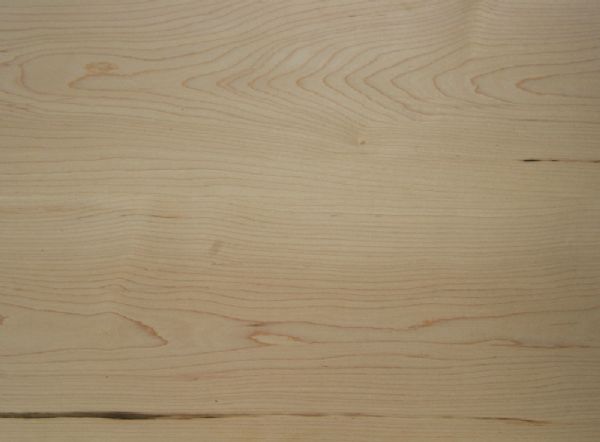
Hard Maple sapwood is creamy white with a slight reddish brown tinge and the heartwood varies from light to dark reddish brown. Both sapwood and heartwood can contain pitch fleck. The wood has close fine texture and is generally straight grained but can also occur as curly, fiddleback, and birds eye.
Hickory
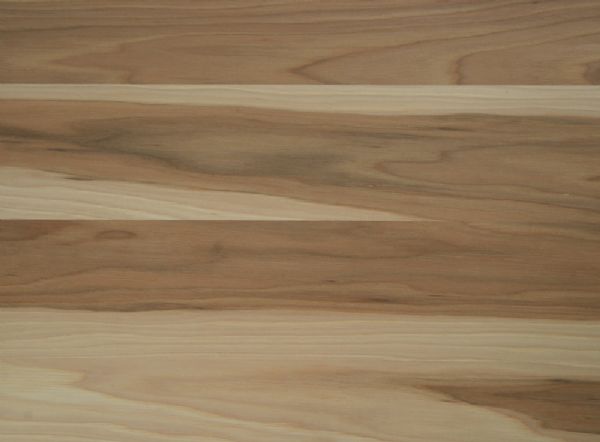
Hickory sapwood is white tinged with brown while the heartwood is pale to reddish brown. Both are coarse textured and the grain is usually straight but can be wavy or irregular.
Knotty Pine
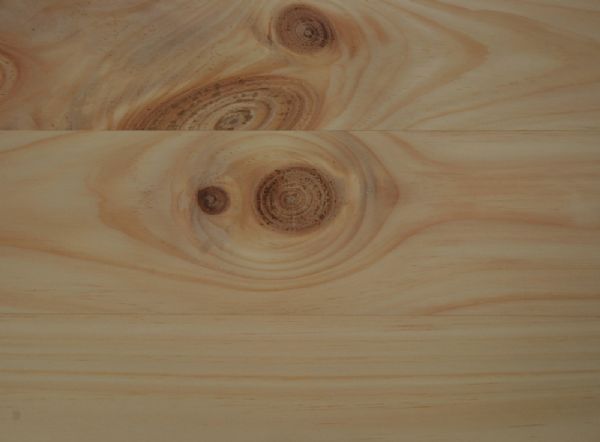
Knotty Pine is a soft pine known for its light weight and fine even texture with tight knots. The sapwood usually appears pale and creamy with yellow tones. The heartwood varies from a deep yellowish-tan color to a pinkish red. Resin ducts often appear as fine brown lines. The grain is straight with growth rings that are not well marked.
Lyptus

Lyptus varies in color from light pink to red. The heartwood is a medium pink and the sapwood is paler. In appearance it rivals mahogany and has a grain that is straight, even and moderately coarse.
Mahogany
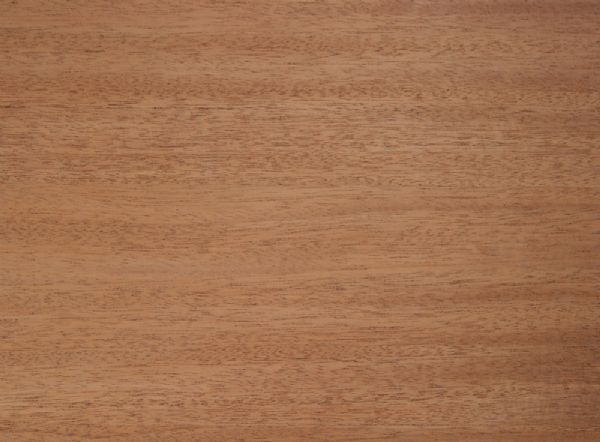
Mahogany is a reddish brown and can have streaks of pale golden brown. The sapwood is yellowish brown in color and is not always distinctly demarcated from the heartwood. The grain is usually interlocked giving then wood a distinctive fine grain. The texture is even and ranges from medium to coarse, but even, with a lustrous surface.
Pacific Coast Maple
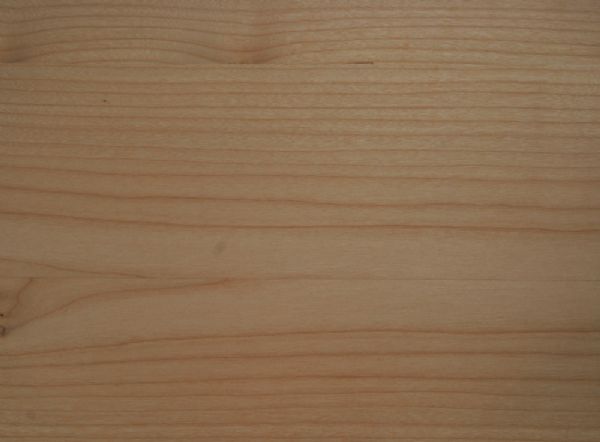
Pacific Coast Maple also known as Red Maple. Its color is pale pinkish-brown to almost white. Generally there is no marked difference between heartwood and sapwood. It has a fine even grain texture. *** Please note Pacific Coast Maple tends to fuzz during the machining process.***
Natural Maple
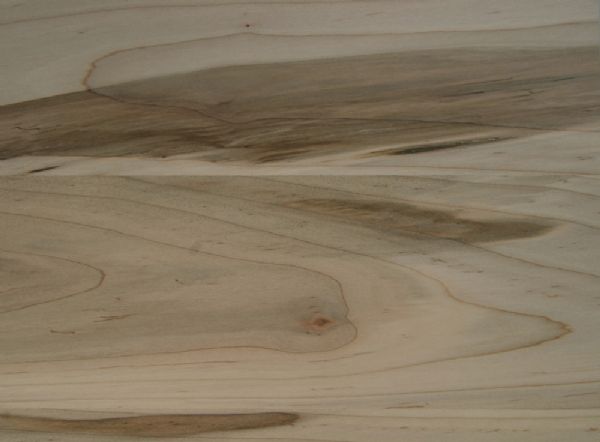
Natural Maple is a mixture of sapwood and heartwood. Color ranges from white to grey-brown with some dark colored pitch fleck. The wood is usually straight grained.
Quartersawn Red Oak
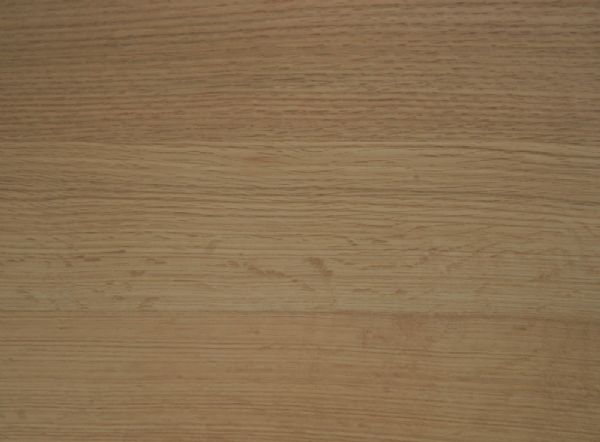
Quartersawn Red Oak heartwood is similar to other oaks and coloration runs from light tan to pink with a reddish tinge. The wood is predominately straight grained and coarse textured.
Poplar
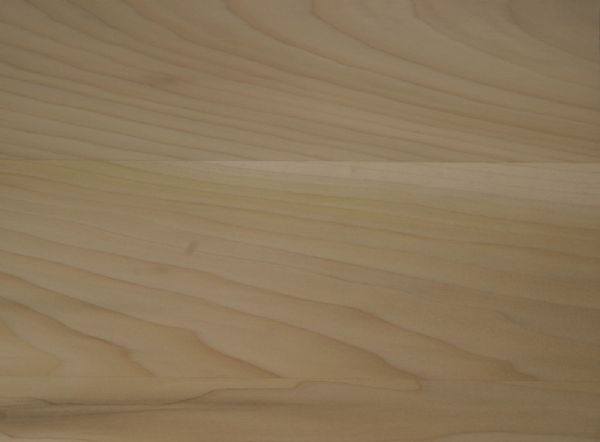
Poplar sapwood is creamy white and may be streaked with heartwood varying from pale yellowish brown to olive green. The green color in the heartwood will tend to darken on exposure to light and turn brown. The wood has a medium to fine texture and is straight grained.
Red Oak
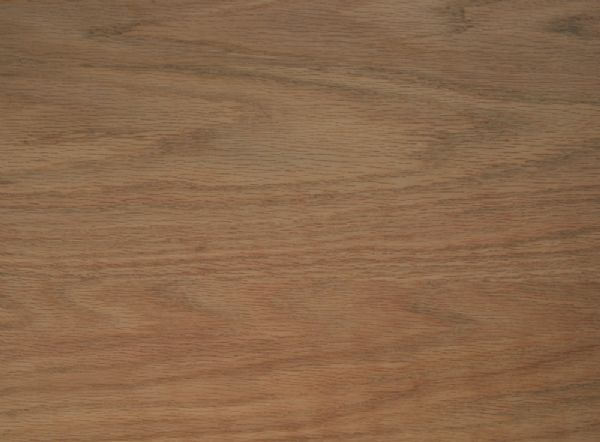
Red Oak sapwood is white to light brown and the heartwood is a pinkish reddish brown. The wood is similar in general appearance to white oak, but with a slightly less pronounced figure due to the smaller rays. The wood is mostly straight grained with a coarse texture.
Rustic Alder
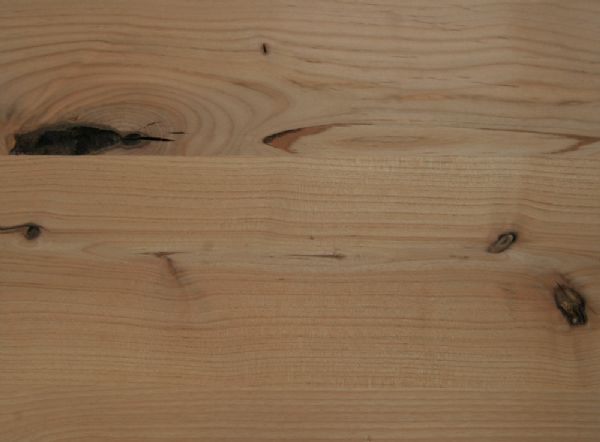
Rustic Alder is pulled for a rustic appearance. The color is light brown with a yellow or reddish tinge and has scattered sound and unsound defects. Defects range from tight knots to open knots, discoloration, burl, and more. There is no visible boundary between sapwood and heartwood. The wood is fairly grained with a uniform texture. ***TNT reserves the right to pick and choose which defects are acceptable and will not compromise the structural soundness of the door.***
Spanish Cedar

Spanish Cedar heartwood is red or dark reddish brown. The sapwood is pale pinkish-beige. Grain is straight, sometimes shallowly interlocked with a moderately coarse texture.
Rustic Cherry
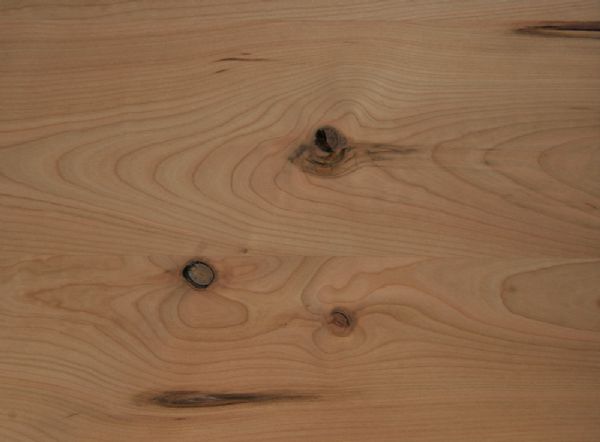
Rustic Cherry grade is pulled for a rustic appearance. Defects range from tight knots to open knots, discoloration, gum pockets, and fleck. The color is a light reddish brown color that darkens with age and exposure to sunlight, to a dark reddish brown with golden overtones. The sapwood can be very light ranging in shades from white to pale yellow. ***TNT reserves the right to pick and choose which defects are acceptable and will not compromise the structural soundness of the door.***
Walnut
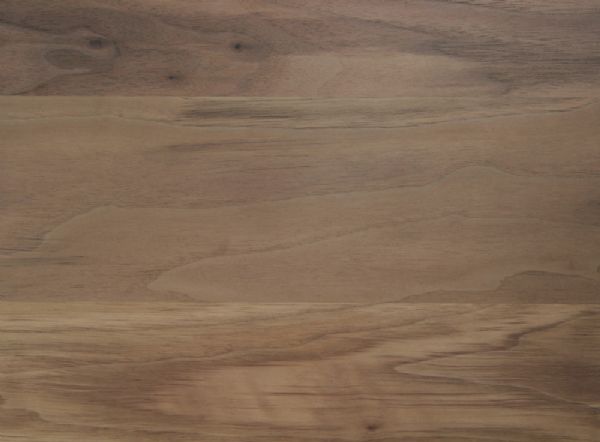
White Birch
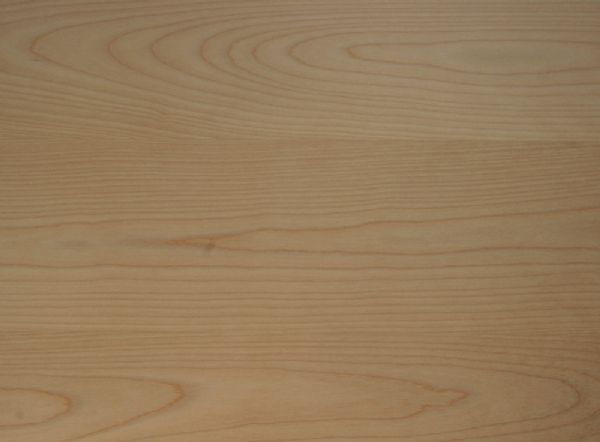
White Birch is prominately sapwood. The sapwood is light yellow in color. It has straight close grain and a fine even texture.
White Ash
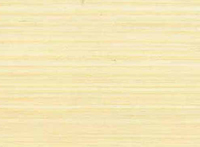
White Ash sapwood is light colored to nearly white and the heartwood varies from grayish brown to light brown to pale yellow streaked with brown. The wood is generally straight grained with a coarse uniform texture.
White Oak
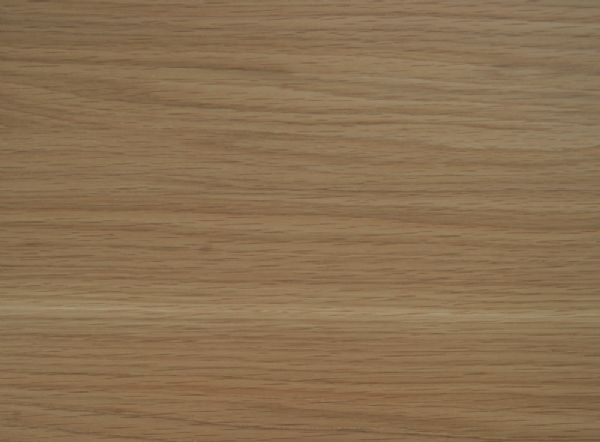
White Oak sapwood is a light dingy cream color and the heartwood is light to dark brown. It is mostly straight grained with a medium to coarse texture, with longer rays than red oak, giving it more figure.
White Soft Maple
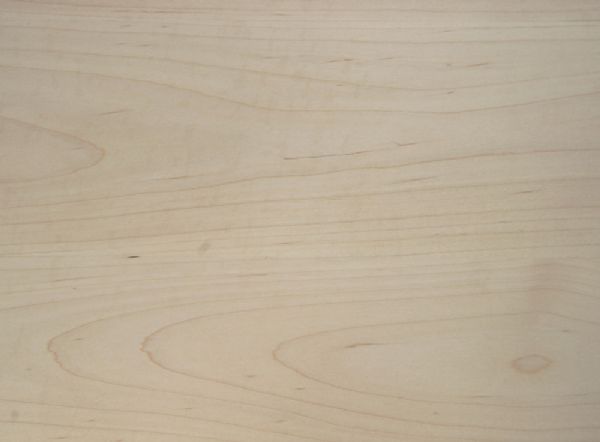
White Soft Maple is prominently sapwood. Generally the sapwood is white but sometimes has darker colored pitch flecks. Its widespread growth makes it more susceptible to color variations. The wood is usually straight grained but can also occur as curly.
Yellow Pine
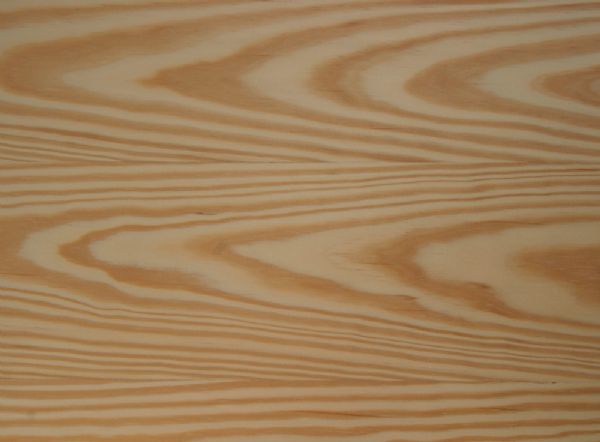
Yellow Pine offers a distinct grain pattern and an appealing golden color. The sapwood of yellow pine is a yellowish white while the heartwood is a reddish brown, orange, or yellow.